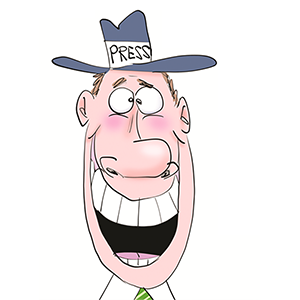Editorial: Get serious about improving youth mental health
Published in Op Eds
Where is the sensible balance between respecting a family's privacy and protecting people from what can happen behind closed doors? That's one of the many questions raised by the horrific slaughter of a couple and three of their five children near Fall City, Washington, on the morning of Oct. 21.
The family's eldest child, a 15-year-old boy, has been charged with five counts of first-degree aggravated murder and one count of attempted murder, for shooting his 11-year-old sister. She told police that she survived by "playing dead" and then climbed out a window to escape.
As often happens when reality explodes from behind an ideal public image, neighbors said the family, who home-schooled their children and were active in the community, looked "perfect" from outside. Clearly, all was not perfect inside their lakefront home.
Scant information has been released. The youth's attorney says people who knew him have described the boy as "kind and caring." The King County Prosecuting Attorney's Office notes that he has no prior criminal history. One thing appears clear: A deeply distressed teenager had mental health needs that were not being met — and access to a gun.
A paper just released by the Children's Alliance points out that Washington ranks 48th nationally in youth mental health. That measure tallies both the degree of need (high) and the availability of publicly subsidized care (low). It also notes a status quo at the state level that is both backward and untenable: Despite years of documented concern, no single official oversees this area of state policy.
It's not for lack of money. The Legislature appropriated an additional $356 million for 2024-25 to tackle adolescent mental health through public schools, part of a seven-year package totaling well over $1 billion. Yet, incredibly, only 8% of the funding increases go toward high school staff who can provide therapy, according to the Children's Alliance. Nor does that money do anything for home-schooled students unless their parents explicitly ask the local district for a mental health screening.
This is only the latest example of well-intended legislation passed without sufficient guardrails to ensure it works. (See also: McCleary school funding reforms; juvenile justice laws aimed at rehabilitation; etc.)
Equally nonsensical, Washington has at least five state agencies that touch the issue of adolescent mental health — the Office of Superintendent of Public Instruction, the Health Care Authority, Department of Health, the Department of Social and Human Services and the Department of Children, Youth and Families — but none is tasked with overall system oversight. Nor is there a unified system at work.
No wonder some 80,000 young people assessed as having significant, untreated depression are falling through the cracks.
Telehealth — therapy over Zoom — could be a cost-effective method for getting more young people connected to care, the Children's Alliance suggests. The advocacy group also wants Washington's next governor to appoint a cabinet member whose job would be ensuring care is available, wherever or however a child attends school, and coordinating access to it.
Anyone following the murder case near Fall City would have to conclude this is the very least we should do.
©2024 The Seattle Times. Visit seattletimes.com. Distributed by Tribune Content Agency, LLC.




























































Comments